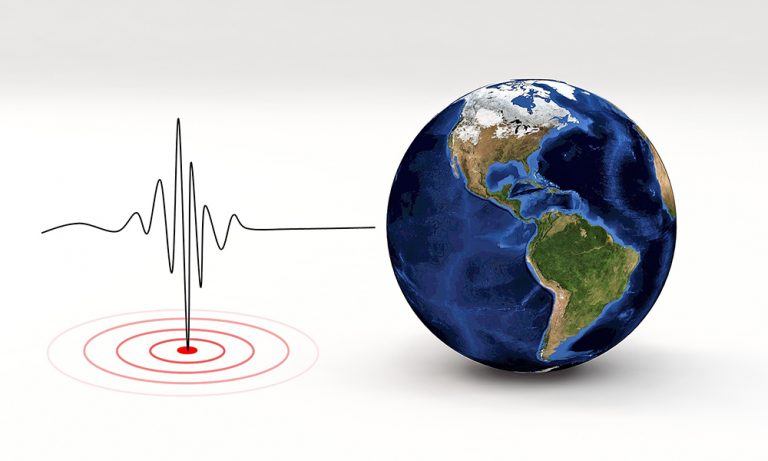 At NVIDIA where non-stop innovation is our culture, we are hosting a global series of regional Data Processing Unit (DPU) software hackathons over the next 12 months, aimed at advancing research and development in data center and AI technologies.
At NVIDIA where non-stop innovation is our culture, we are hosting a global series of regional Data Processing Unit (DPU) software hackathons over the next 12 months, aimed at advancing research and development in data center and AI technologies.
First in a global series of NVIDIA developer events, the DPU hackathons unleashes breakthrough technologies built on NVIDIA DOCA, furthering advancements in AI, cloud and accelerated computing
“The data center is the new unit of computing. Cloud computing and AI are driving fundamental changes in the architecture of data centers.” — NVIDIA founder and CEO Jensen Huang
At NVIDIA where non-stop innovation is our culture, we are hosting a global series of regional Data Processing Unit (DPU) software hackathons over the next 12 months, aimed at advancing research and development in data center and AI technologies.
The first digital DPU hackathon was held on May 24-25 for European developers and researchers from prominent ecosystem partners, customer organizations and academia. The successful European hackathon delivered a number of groundbreaking inventions in high-performance networking, virtualization, cybersecurity, storage, accelerated AI and edge computing, video processing and more. Standing out from the crowd was the team from MTS PJSC, Russia’s largest mobile operator and a leading provider of media and digital services, taking home the gold for their video CDN edge project.
The team created a DPU-accelerated edge computing platform that is optimized for secure video streaming. The platform is hosted on a single BlueField DPU card, running NGINX for web content delivery, and leverages hardware accelerators for TLS crypto acceleration. The platform can be further enhanced with video packet pacing technology, and an optimized TCP/IP software stack. The accomplished performance target set forth by the team was serving 10K transactions per second of 100KB video payload at 10Gb/s speed.
Fostering Data Center Innovation
NVIDIA hackathons draw on our core values: innovation, excellence, speed and agility. They assemble bright minds, enabling developers to learn, collaborate, and accelerate their work under the guidance of expert mentors by their side.
The DPU hackathon series also draws on our pioneering BlueField data center-on-a-chip architecture (DOCA) technology foundation— serving as a testament to our commitment to building a broad developer community to create revolutionizing data center infrastructure applications and services, powered by NVIDIA BlueField DPUs and DOCA software framework.
With the release of the NVIDIA DOCA 1.0 at GTC 21, developers today have an easy way to program BlueField DPUs that leverages open APIs, libraries and reference code for various applications.
“DOCA plays a central role in NVIDIA’s data center-on-a-chip vision, providing a unified and future-proof architecture for all BlueField DPU product generations,” said Dror Goldenberg, SVP of Software Technologies. “This global series of DPU hackathons will center around innovation based on DPU and DOCA, supporting our journey to build a thriving ecosystem of DPU-accelerated applications that will reshape the data center of the future.”
First Time’s a Charm: Recapping Europe’s DPU Hackathon
The first NVIDIA DPU hackathon event drew significant attention and excitement, with applications rocketing. Our steering committee selected 14 brilliant project teams from among 60 applicants and various industries: cloud service providers and web-scalers, telecom operators, independent software vendors, and academia.
The DPU hackathon took place over Zoom for 30 hours straight. Prior to that, NVIDIA hosted an online DPU bootcamp to empower the participating teams with requisite BlueField DPU knowledge and DOCA programming skills. Most of the hackathon time was dedicated to the teams’ collaboration and execution of their projects, with mentors providing support based on various domain expertise.
As a member of the hackathon judging panel, our role was to provide constructive feedback to project teams throughout the event. One of the main things we kept an eye out for was innovative technology for solving key data center challenges, accompanied by a proof-of-concept to support the team’s claims. Another evaluation criteria was how well the technology meets data center scale and performance requirements.
Finally, we were truly amazed by the teams’ work and results. Here’s a summary of the top inventions:
- First place won by the MTS PJSC team from Russia showcased an innovative, DPU-accelerated solution for ultra-low power (ULP) CDN edge deployments.
- Second place went to the Datadigest B.V. Nikhef team from the Netherlands for developing a DPU-based, scalable, AI-accelerated Intrusion detection and prevention system (IDS/IPS), running on NFV architecture.
- Tied in third place:
- The project team from Technical University of Darmstadt, Germany, demonstrated an advanced remote access database structure in Database Management Systems (DBMS) powered by BlueField DPU.
- The project team from GreyCortex in the Czech Republic, demonstrated a DPU-based DDoS detection and mitigation system on top of DOCA.
We’d like to congratulate our winners and thank all of the teams that participated, helping to make our first global NVIDIA DPU Hackathon such a wonderful success!
Coming Up: NVIDIA DPU Hackathons in China and North America
With the European hackathon concluded, our developer relations team is already working on the next leg of our global DPU hackathon tour. NVIDIA is building a broad community of DOCA developers to create innovative applications and services on top of NVIDIA BlueField DPUs to secure and accelerate modern, efficient data centers.
Check out our corporate calendar to stay informed with future events, and take part in our journey to reshape the data center of tomorrow. To learn more about the DOCA software framework and to register for early access visit the DOCA webpage.
One of our hackathon participants put it best: “All you need is BlueField-2”

 In a major earthquake, even a few seconds of advance warning can help people prepare — so Stanford University researchers have turned to deep learning to predict strong shaking and issue early alerts.
In a major earthquake, even a few seconds of advance warning can help people prepare — so Stanford University researchers have turned to deep learning to predict strong shaking and issue early alerts. At NVIDIA where non-stop innovation is our culture, we are hosting a global series of regional Data Processing Unit (DPU) software hackathons over the next 12 months, aimed at advancing research and development in data center and AI technologies.
At NVIDIA where non-stop innovation is our culture, we are hosting a global series of regional Data Processing Unit (DPU) software hackathons over the next 12 months, aimed at advancing research and development in data center and AI technologies.